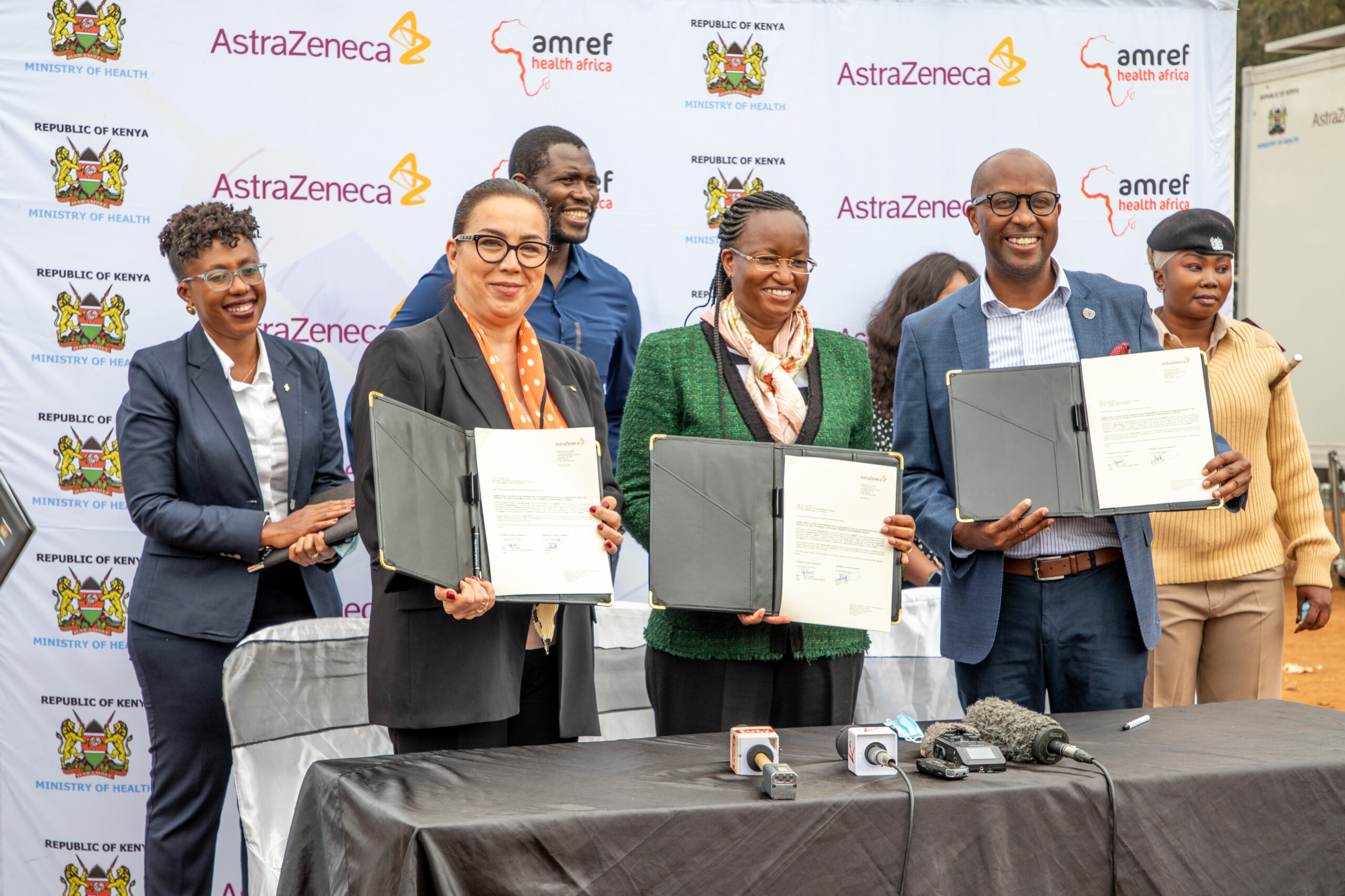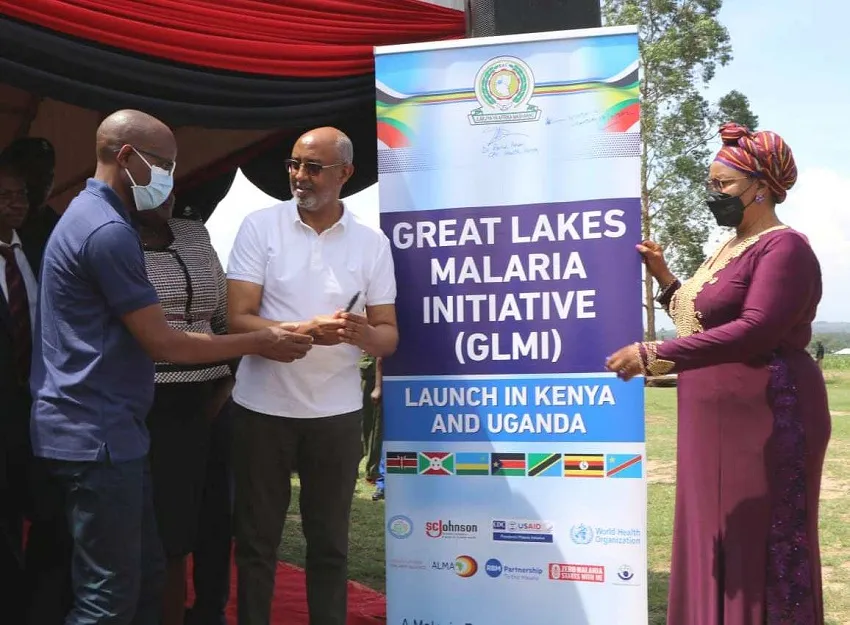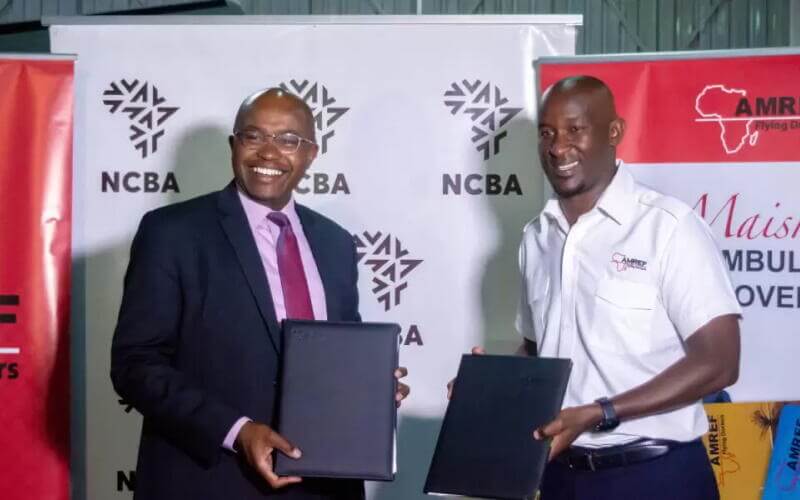Three Days’ Walk to Safe Birth
Monday, 10 June, 2019


When Nasenyana*, a mother of six, went into labour on February 19, 2016, she looked forward to an uneventful delivery. But by late afternoon, long after her water broke, Nasenyana’s baby had not come, in spite of the gentle nudging of the traditional birth attendant that she push harder. Sensing trouble, the birth attendant and Nasenyana’s friends recommended that she seek medical help.
Nasenyana was in a dilemma. Not only did the labouring mother need her husband’s permission to leave home, but she also had to walk in pain for about 120 kilometres to the nearest health care facility, Nachola Dispensary. He did allow her to go, on condition that she would not spend more than Kshs. 10,000 for the medical services.
For more than 36 hours, the women walked feeding on wild berries and drinking from an occasional pool of water. After a while, the exhausted mother started feeling faint and could not walk any further. Leaving her under the care of one of her friends, the traditional birth attendant and another friend walked the remaining 14 kilometres to Nachola Dispensary, and returned with an ambulance. The County Government Department of Health had donated the ambulance to the centre.
By the time the ambulance arrived, the distraught mother had made her final prayer and lay still, awaiting death. The nurse at the dispensary found out that although she was fully dilated, her pelvic area was too small, and since she was exhausted she had weak contractions. Choosing not to transfer her to the more advanced Maralal County Referral Hospital four hours away, the nurse used a vacuum extractor to safely deliver a healthy baby.
The vacuum extractor was one of the maternal and child health equipment that USAID had recently donated to Samburu County and APHIAplus IMARISHA had mentored the nurse on how to use them. Nasenyana was then admitted in maternal shelter at the dispensary for close observation, rest and recuperation, under the care of a trained Community Health Volunteer. APHIAplus IMARISHA has trained 67 Community Health Volunteers and community leaders in Nachola area, on maternal and child health, and the Boma Model. After resting for two days, as required in her Turkana culture, the happy mother was taken back home in the ambulance.
“God helped me. I would have died if I had not reached the health facility,” she said later. She has since referred three pregnant women from her village to the health facility for maternal and child health services.
About the Boma Model
The BOMA model is an innovative approach for delivering Maternal Newborn and Child Health (MNCH) services to nomadic communities in hard-to-reach regions developed by Amref Health Africa in collaboration with TATA Chemicals, Magadi Limited, Magadi Hospital and Ministry of Health.
The model is employed to enable communities identify, prioritize and take action on their own health issues. The BOMA model identifies the Maasai homestead, known as a ‘Boma’ in Swahili as the ideal interface between the semi-migratory community and MNCH health care delivery and focuses on developing linkages between the community and the health system.
Amref Health Africa teams up with African communities to create lasting health change.







